Sarker Protick è un artista nato a Dacca, in Bangladesh, nel 1986. Durante gli studi in marketing comincia ad approfondire la fotografia, e si iscrive al South Asian Institute of Photography, a Pathshala. Nel 2014 viene segnalato tra i “Ones to watch” dal British Journal of Photography, e viene scelto per la Joop Swart Masteclass. Con What Remains vince il World Press Photo nel 2015. I suoi lavori vengono pubblicati, tra gli altri, sul New York Times, GEO Magazine, New Yorker, Libération, National Geographic, Wired, ed esposti da molteplici festival internazionali. Dalla collaborazione a distanza con Katrin Koenning nel 2016 nasce il suo primo libro, Astres Noirs. Dal 2015 è membro di VII, ed oggi insegna nello stesso istituto dove si è formato.
In What Remains Sarker Protick ha fotografato i nonni, John e Prova, ormai in tarda età. La serie è nata dal desiderio di rinsaldare un legame forte, mai interrotto ma affievolito dal tempo e dalla routine. Nel giro di poco tempo entrambi soffrono di gravi problemi di salute, e sono costretti a passare sempre più tempo nel loro vecchio appartamento. Il ricordo dei nonni, ancora giovani e in salute appare improvvisamente distante, e l’appartamento stesso sembra lentamente deteriorarsi insieme a loro: «Il passare del tempo ha cambiato tutto. I corpi hanno preso una forma diversa e le relazioni sono diventate distanti. I capelli di nonna sono diventati grigi, i muri cominciano a scrostarsi. Oggetti, lettere, vecchie foto sono tutto quello che è rimasto.»
Sarker comincia allora a fotografarli. Il progetto continua per un anno, il rapporto si ravviva e si rinsalda: essere fotografati in questo modo è una cosa nuova, diversa, e permette all’autore di passare più tempo con loro. Nel 2012 Prova muore, e il progetto si interrompe. Sarker continua a vedere il nonno, senza fotografare: «Visitavo John più spesso, affinché potesse parlarmi. Mi raccontava storie della giovinezza, di come si sono conosciuti, e così via. Qui, la vita è silenziosa, sospesa. Tutto è in attesa.»
Come già per il più ampio Of River and Lost Lands, l’approccio documentario della ripresa si espande in qualcosa di più personale e impalpabile. What Remains è un modo molto sottile di raccontare, non una storia - forse una condizione fisica - ma soprattutto una distanza. Lo scorrere del tempo e i gesti quotidiani vengono cristallizzati in una luce sospesa, presa con una sovraesposizione controllata: nelle immagini, le persone, gli ambienti e gli oggetti sembrano adesso restituire la stessa luce che era stata catturata dalla fotocamera.
What Remains è stato esposto più volte, anche come installazione insieme a suoni e materiali d'archivio. Origin, il suo nuovo lavoro ancora in progress, è fatto di installazioni luminose, suoni e immagini di grande formato.
Gabriele Magazzù
ENGLISH VERSION
Sarker Protick is an artist born in Dacca, Bangladesh, in 1986. While studying marketing he delved into photography, and later enrolled at the South Asian Institute of Photography, in Pathshala. In 2014 he was among the “Ones to watch” recommended by the British Journal of Photography, and was selected for the Joop Swart Masterclass. With the project What remains he won the World Press Photo 2015. His work has appeared, among others, on the New York times, GEO Magazine, New Yorker, Libération, National Geographic, Wired, and has been exhibited within many international festivals. In 2016 he collaborated with Katrin Koenning for his first book, Astres Noirs. Since 2015 he’s a member of VII, and he teaches in the same institute where he studied.
For the project What Remains Sarker Protick has been photographing his grandparents, John and Prova, during their old age. The series originated from the need to strengthen an already strong relationship, that however had been weakened by time and routine. Both John and Prova started suffering from severe health conditions and were forced to spend most of the time in their old flat. The memory of his grandparents when they were younger and healthier suddenly feels distant, and their home seems to deteriorate along with them: «As time went by it shaped everything in it’s own way. Bodies took different forms and relations went distant. Grandma’s hair turned gray, the walls started peeling off. Objects, letters, old photographs were all that remained.»
Sarker started and continued photographing them for a year. Their relationship strengthened and renovated itself: being photographed this way has been a new experience and was a means for the photographer to spend more time with them. In 2012 Prova died, and the project come to an interruption. Sarker kept on visiting his grandfather, without photographing him: «I visited John more so he could talk. He tells me stories of their early life, and how they met and so on. Here, life is silent, suspended. Everything is on a wait.»
As already seen in the broader project Of River and Lost Lands, Protick’s documentary approach expands into something more personal and impalpable. What Remains has a very subtle way to tell, not exactly a story, perhaps a physical condition: most of all it’s the narration of a distance. The flow of time and everyday actions are crystallised within a suspended light, captured through a controlled overexposure: in these photographs, people, spaces and objects seem to give back the light that was originally recorded by the camera.
What Remains has been exhibited on many occasions, some of which featuring installations of archive materials. Origin, Protick’s new project that it’s still ongoing, is comprised of light installations, sound, and large format photographs.
Gabriele Magazzù
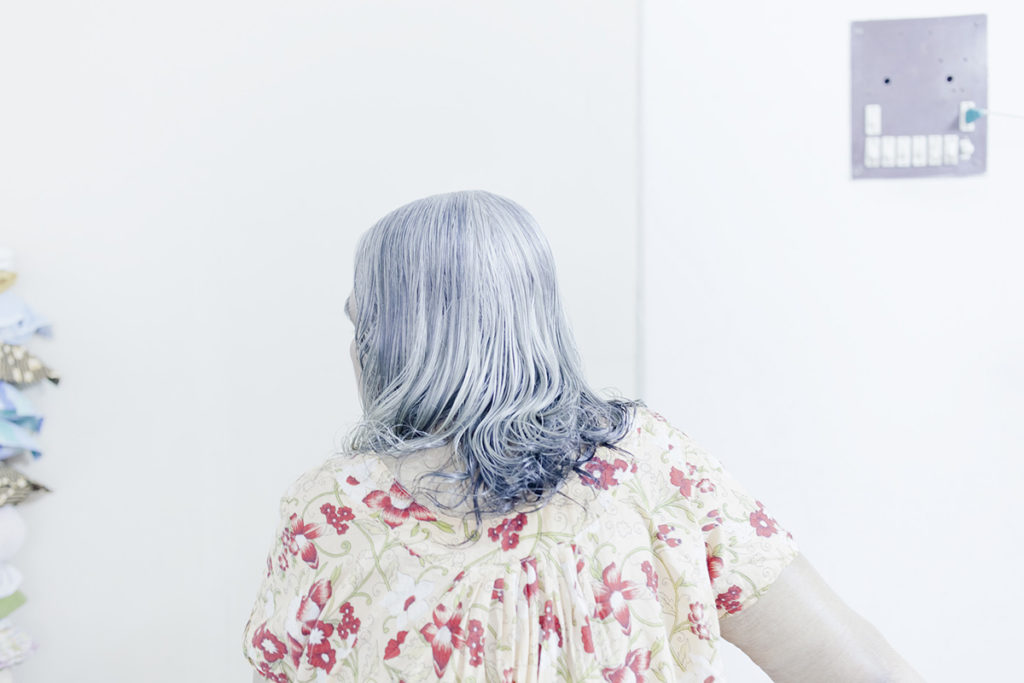
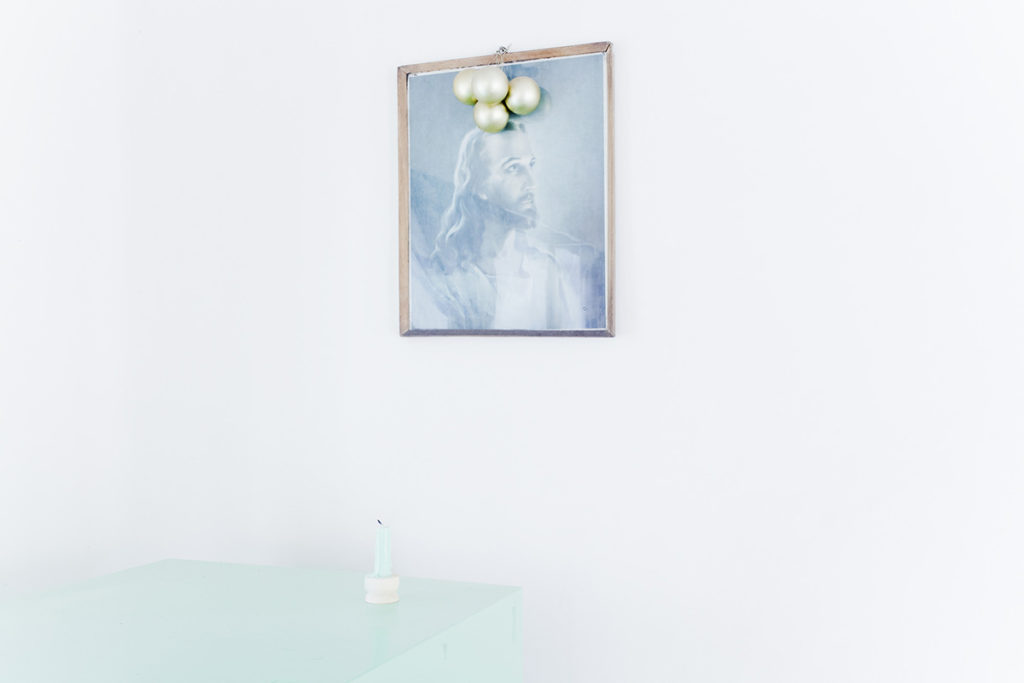
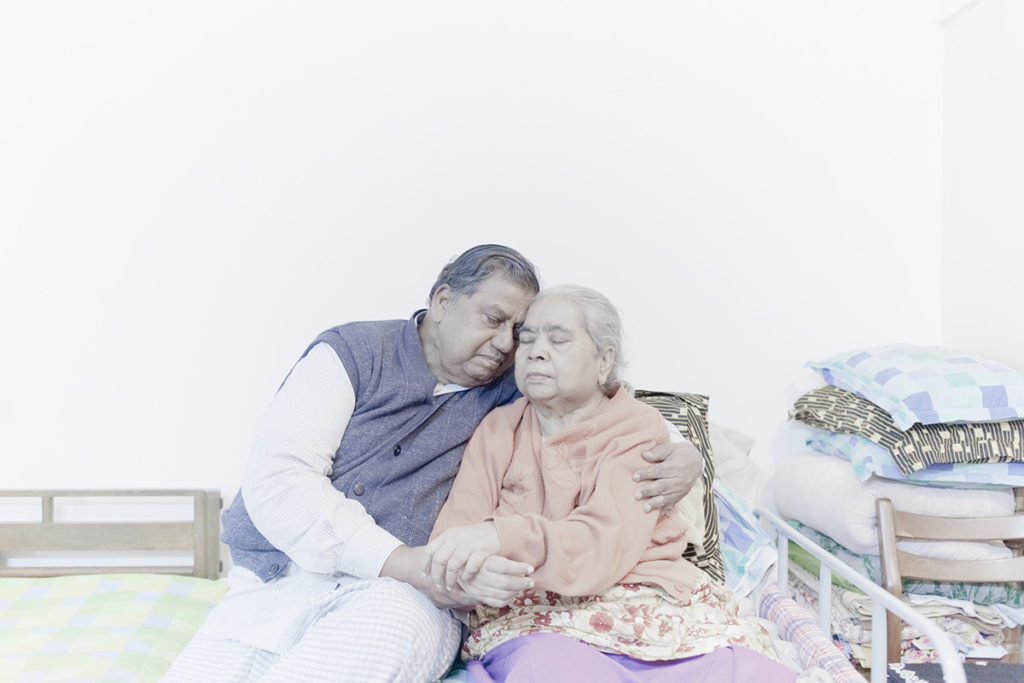
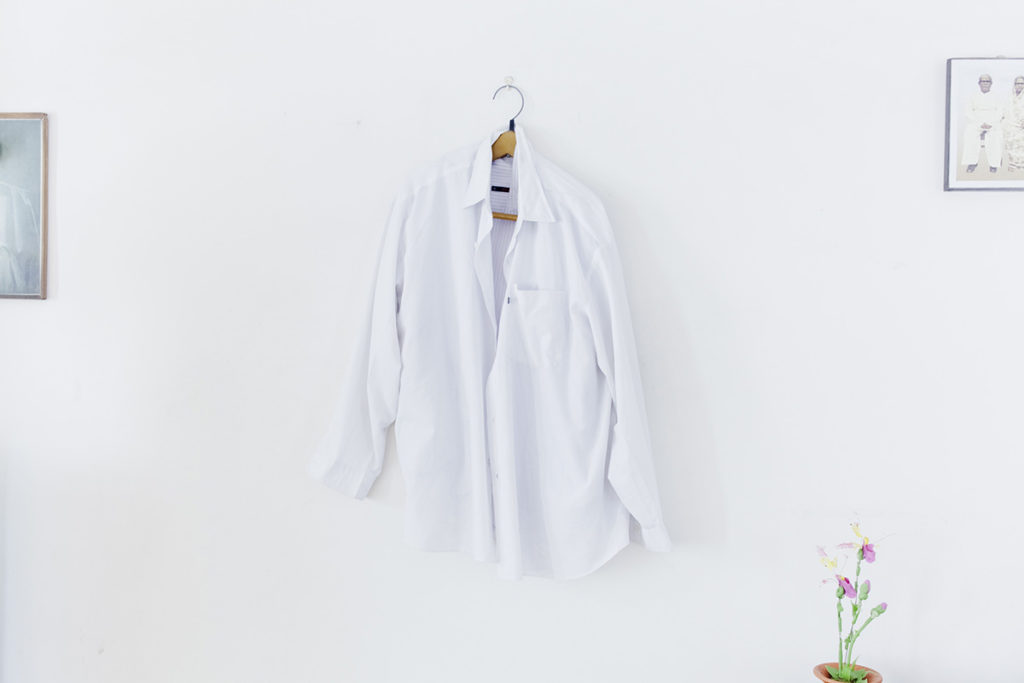
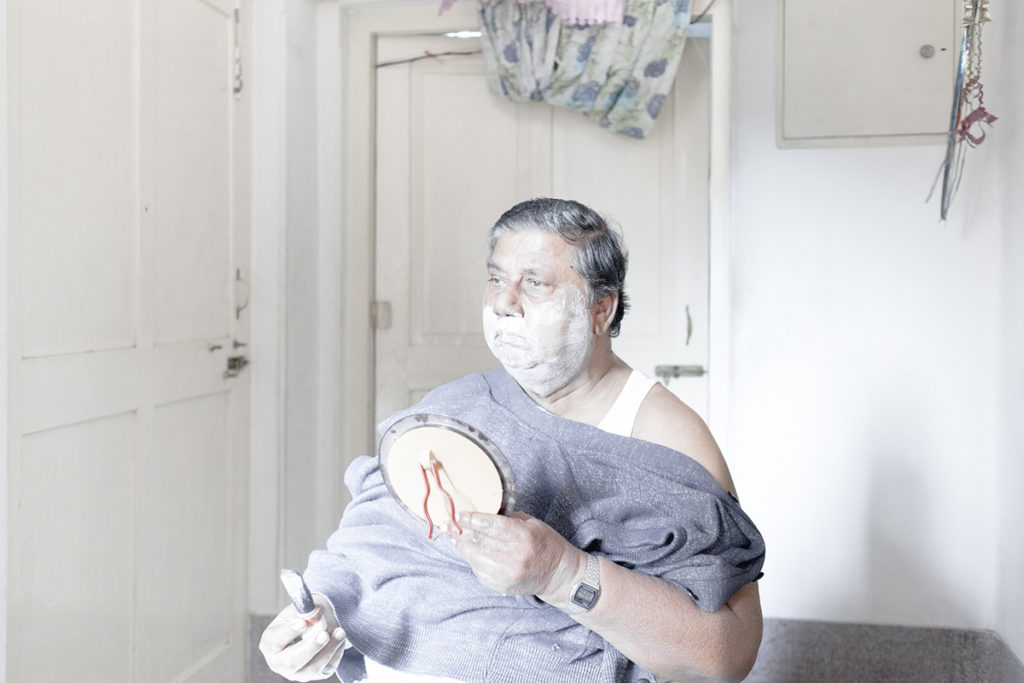
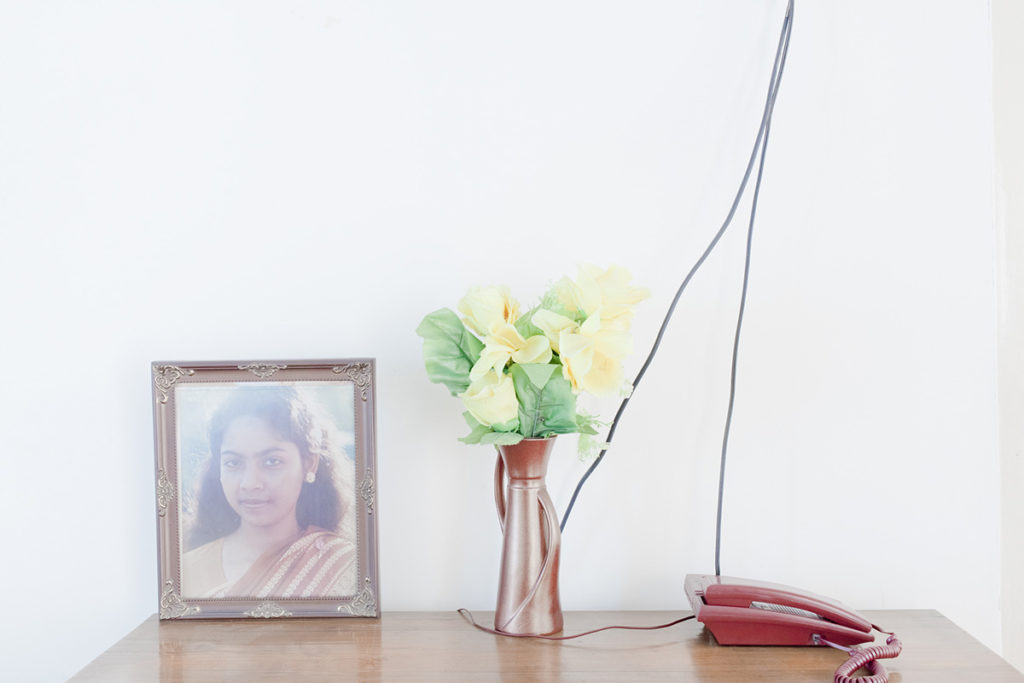
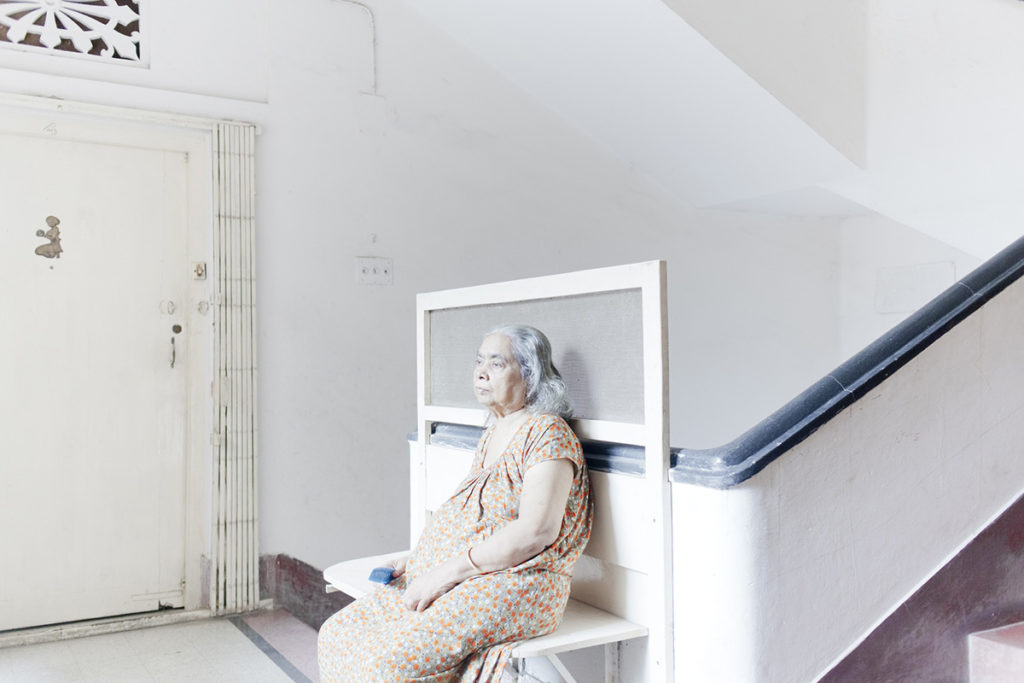
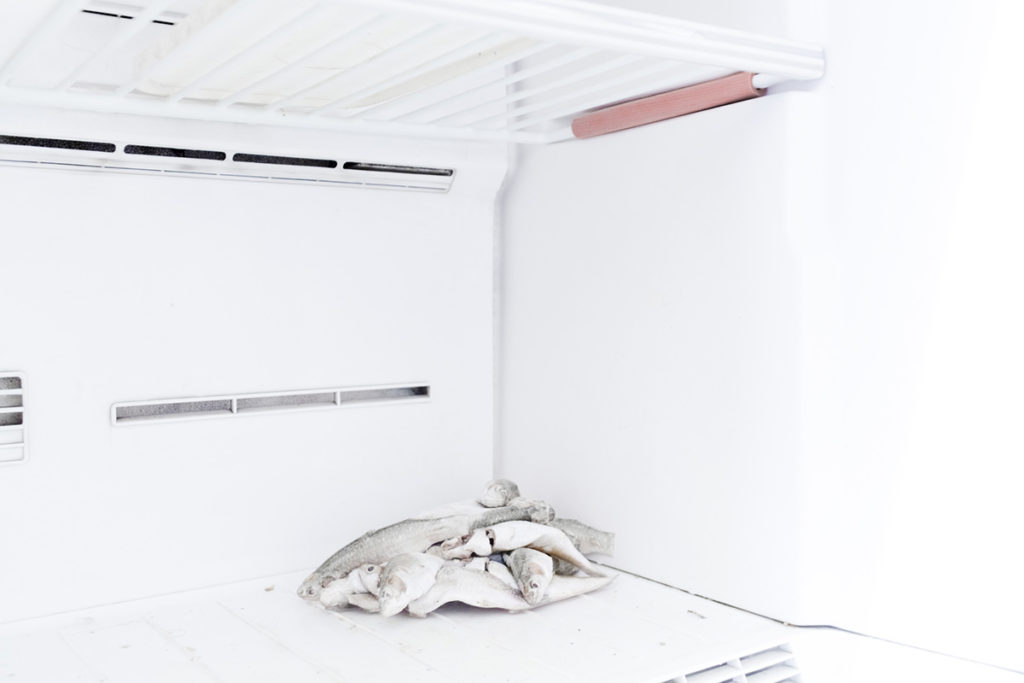
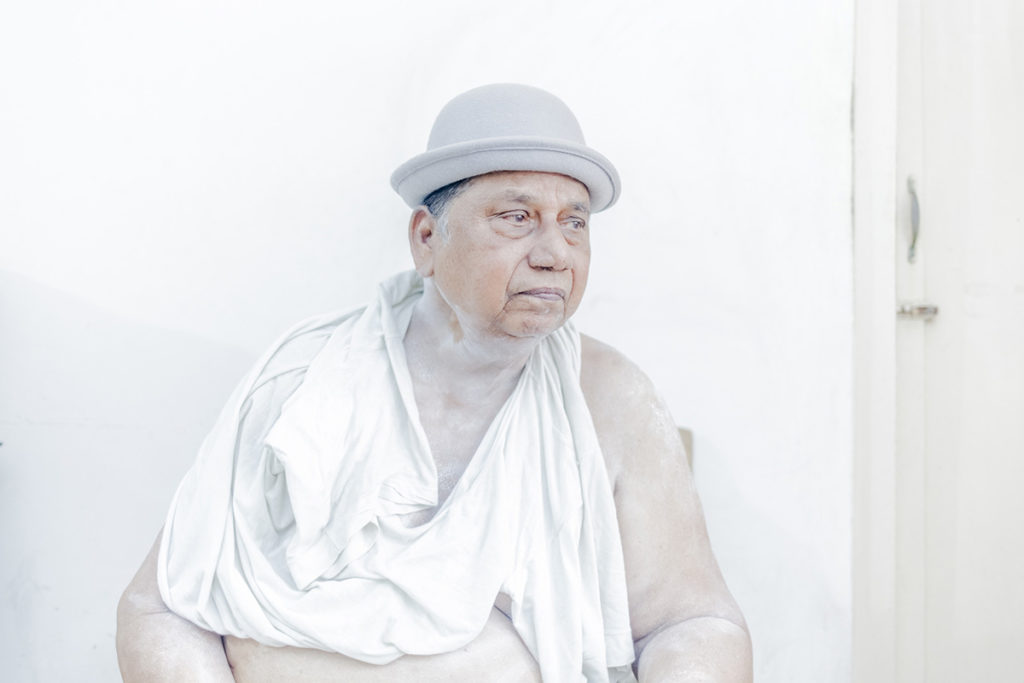
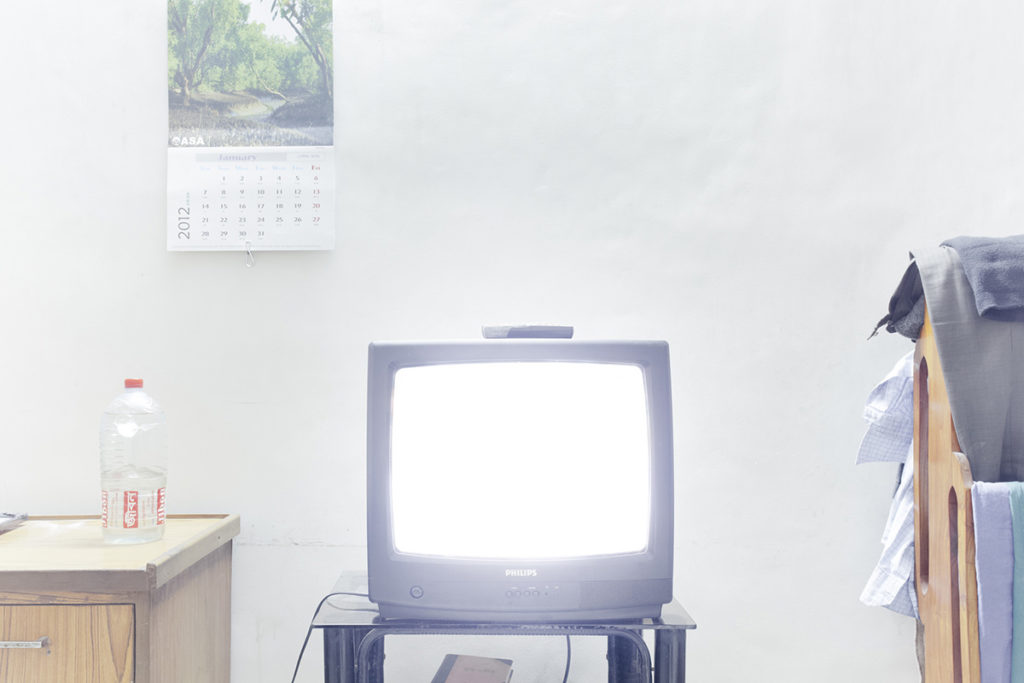
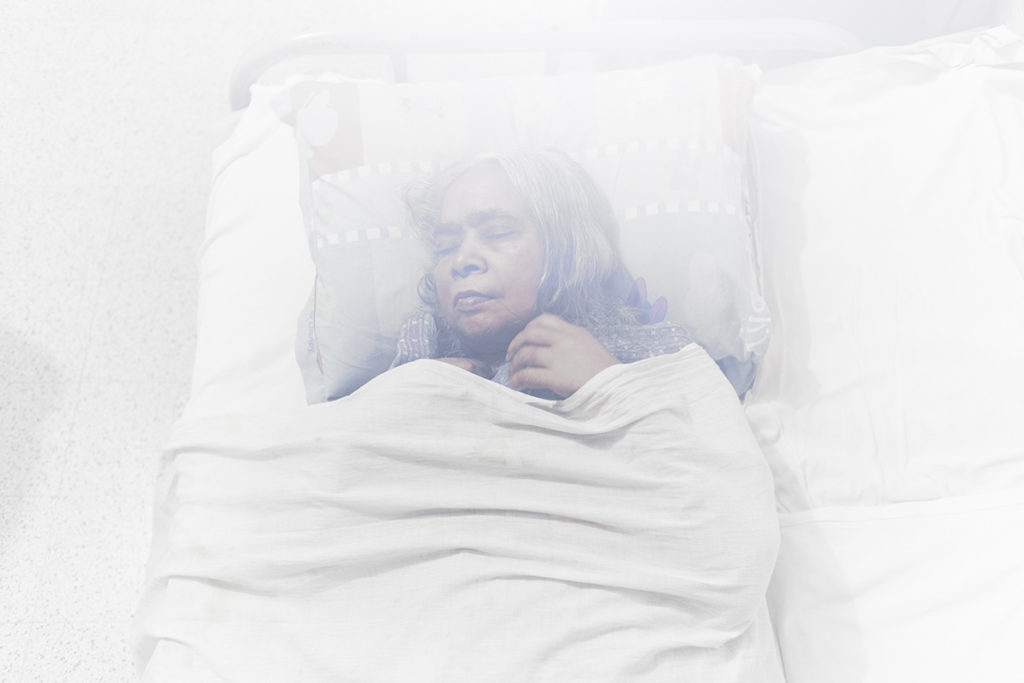
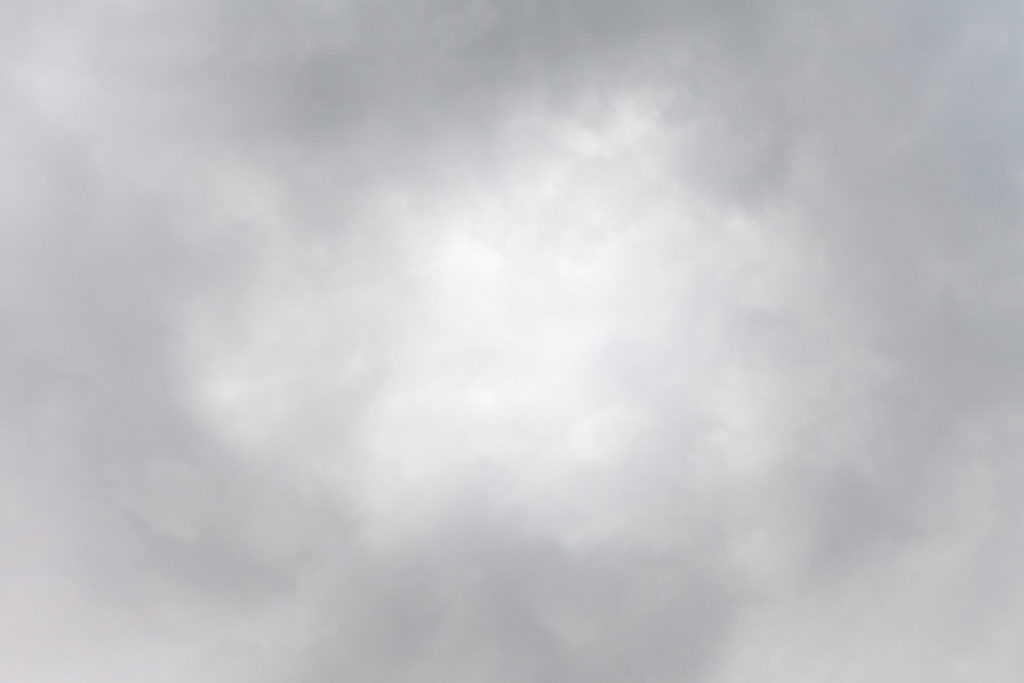
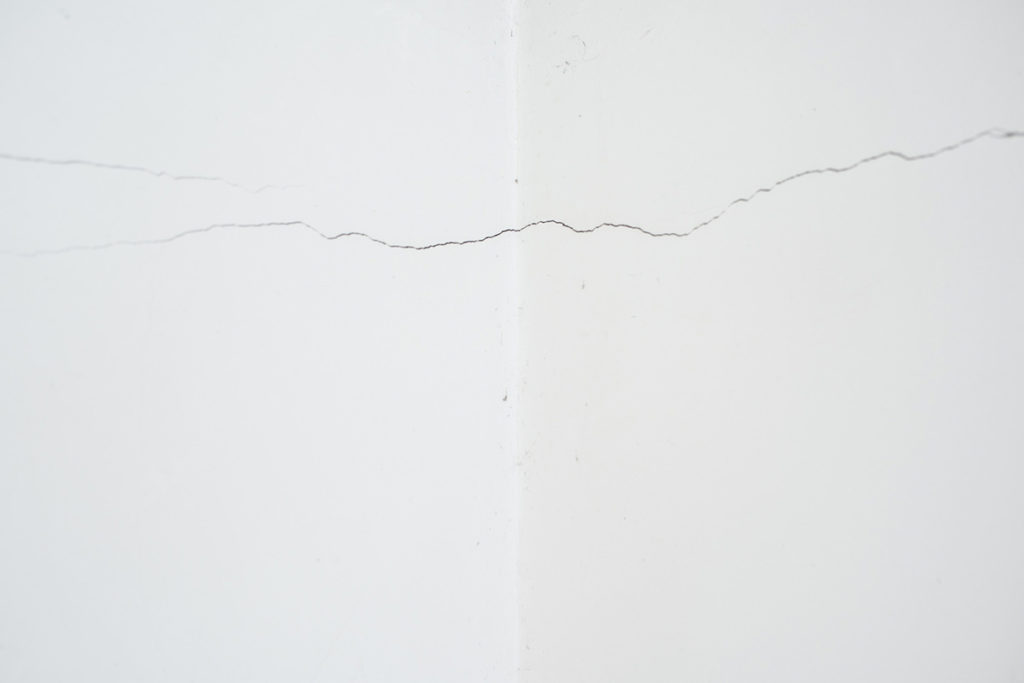
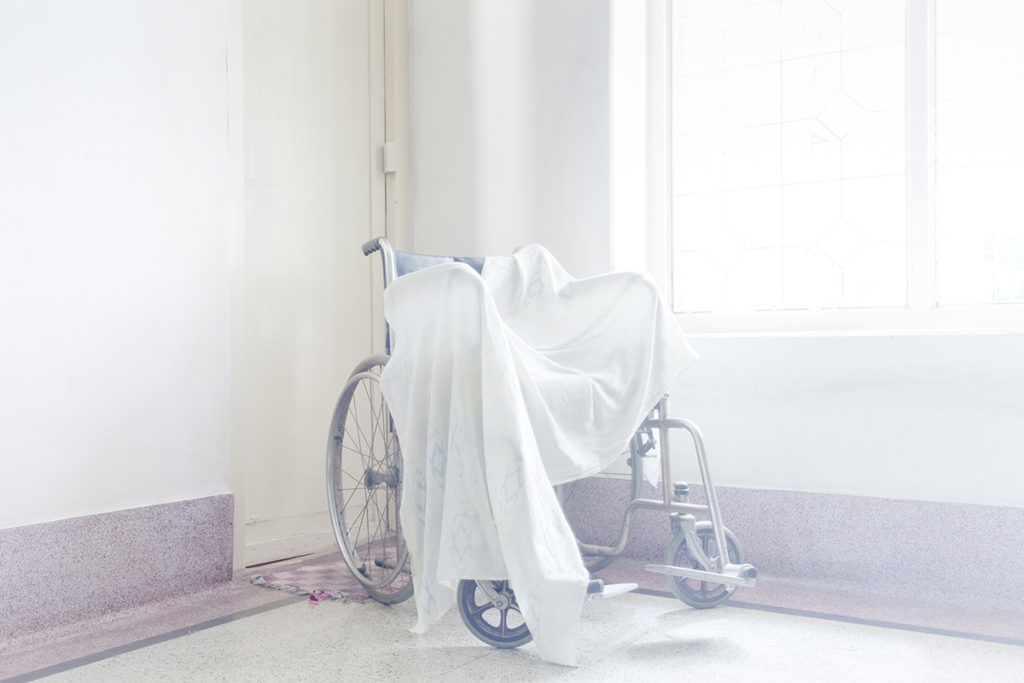
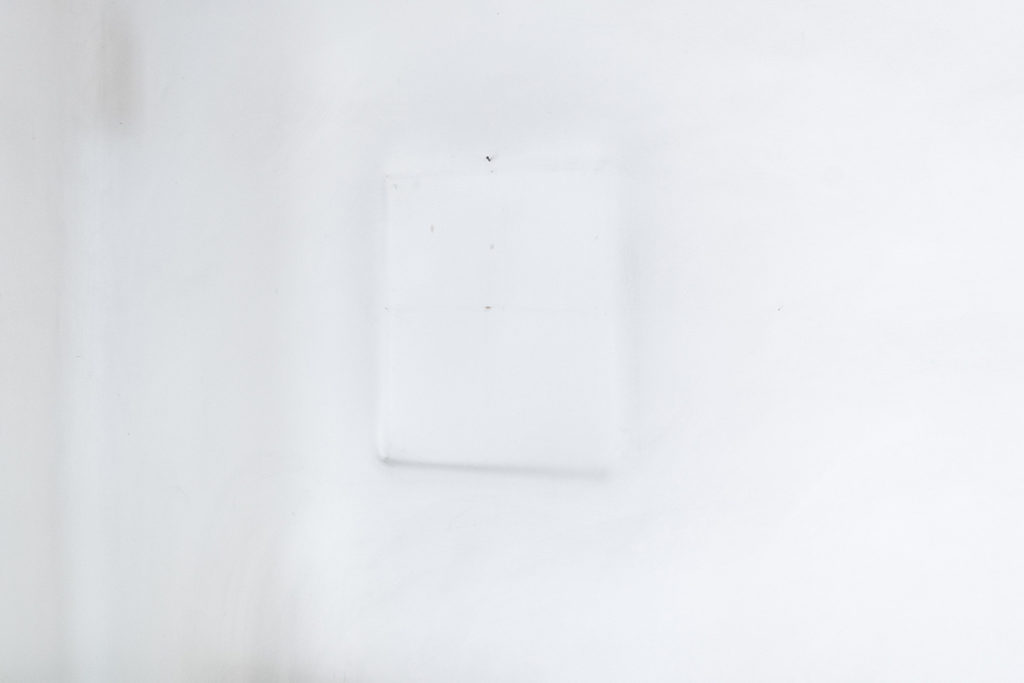
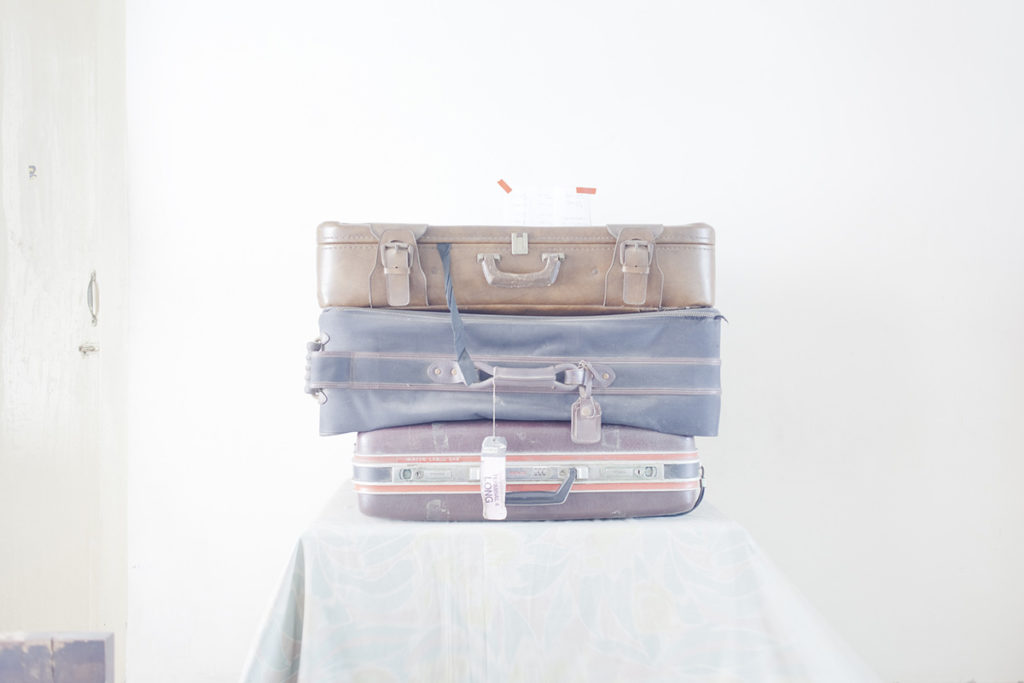
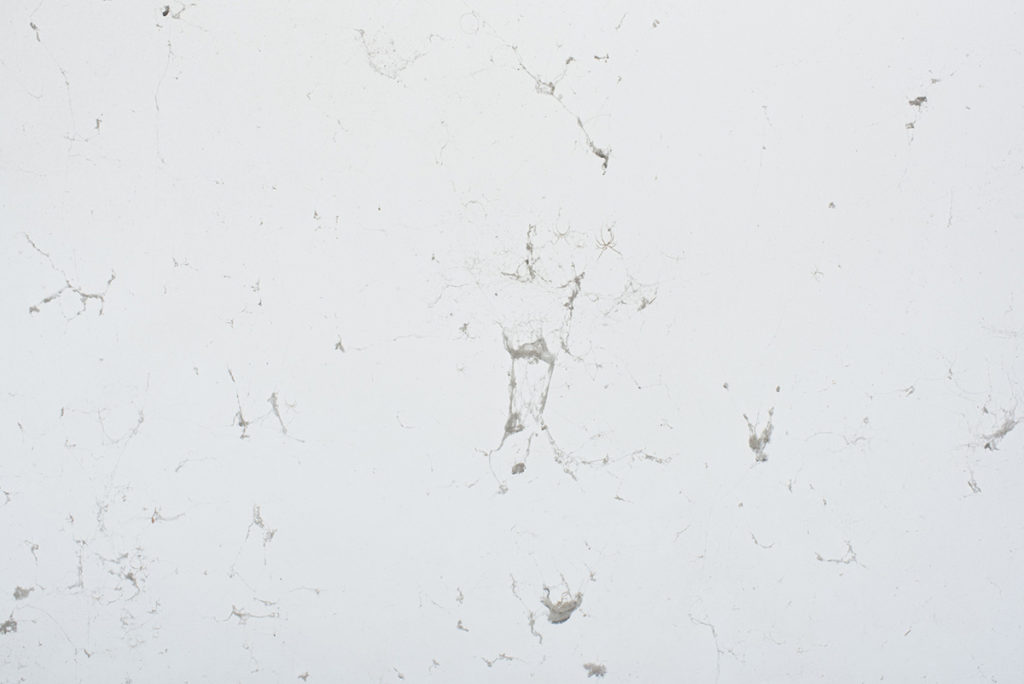
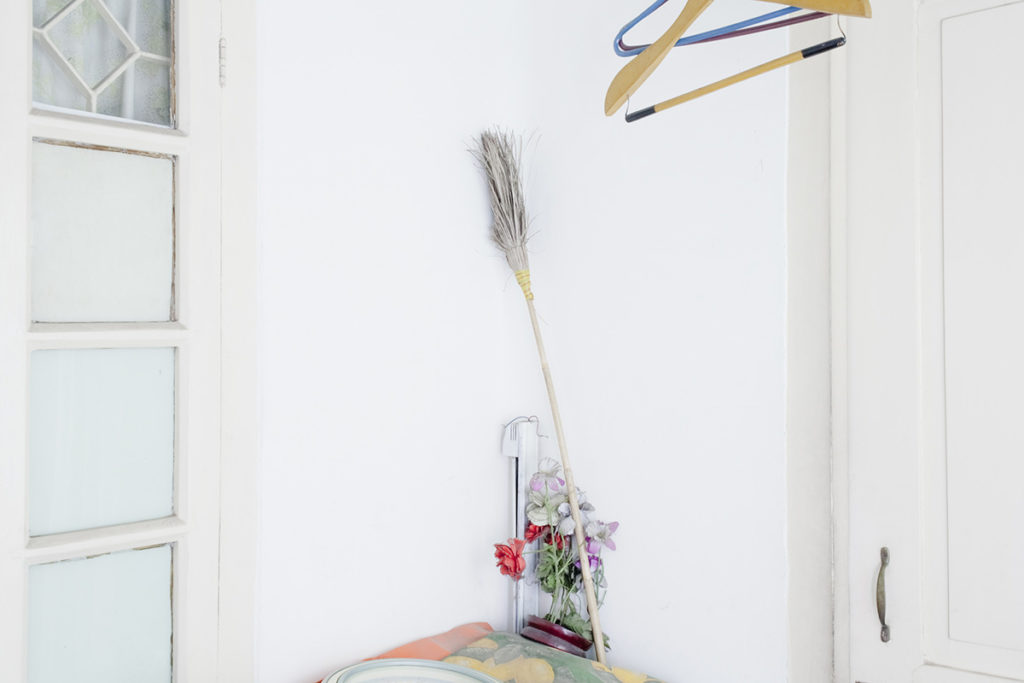
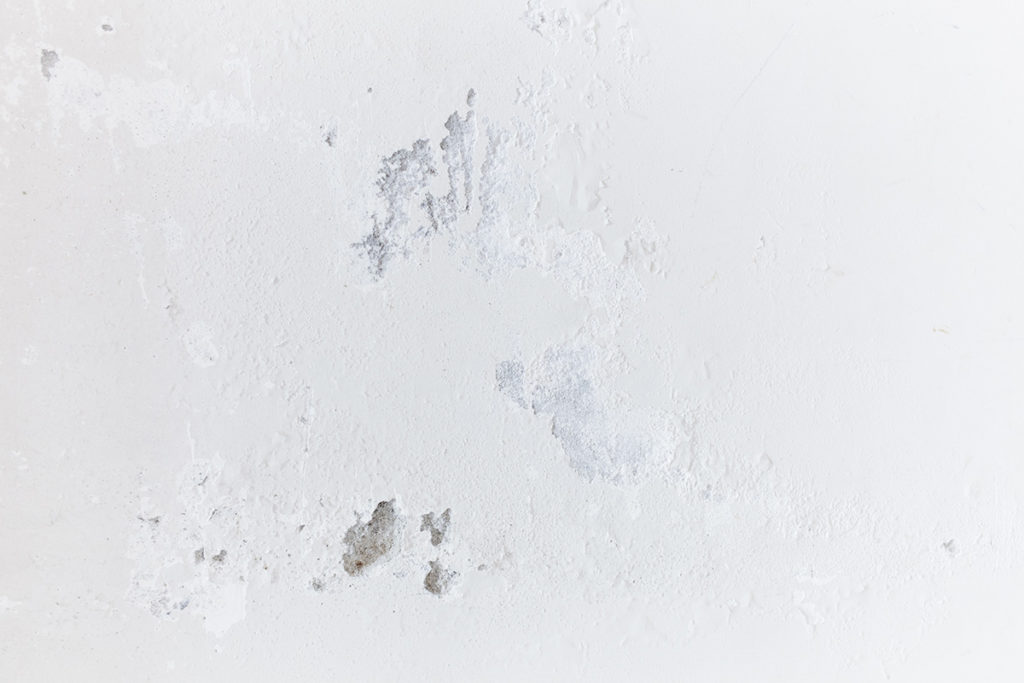
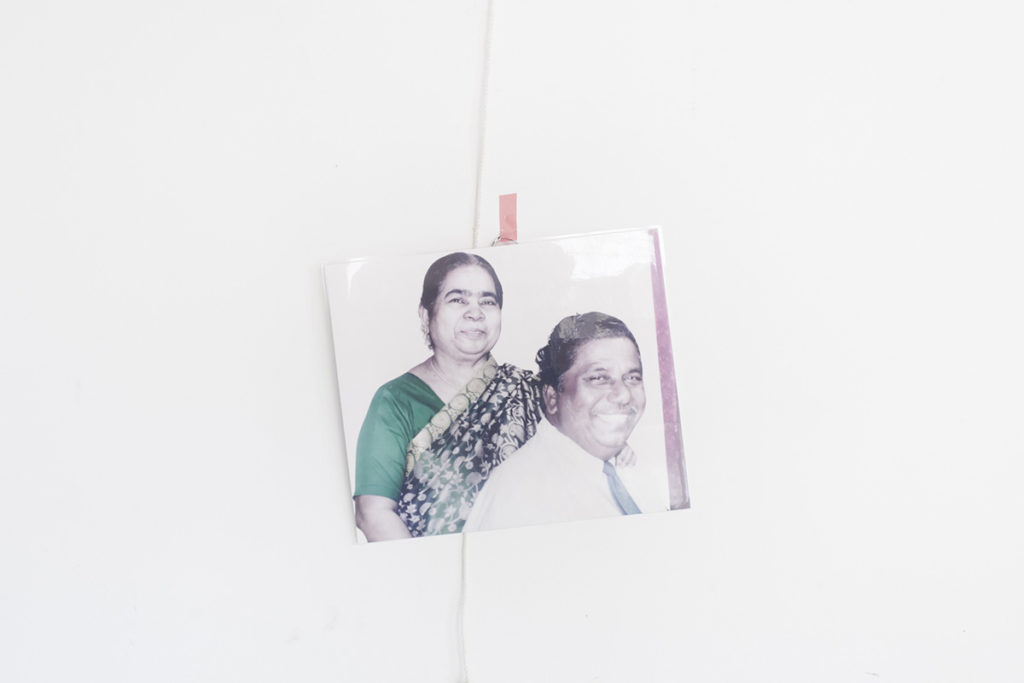
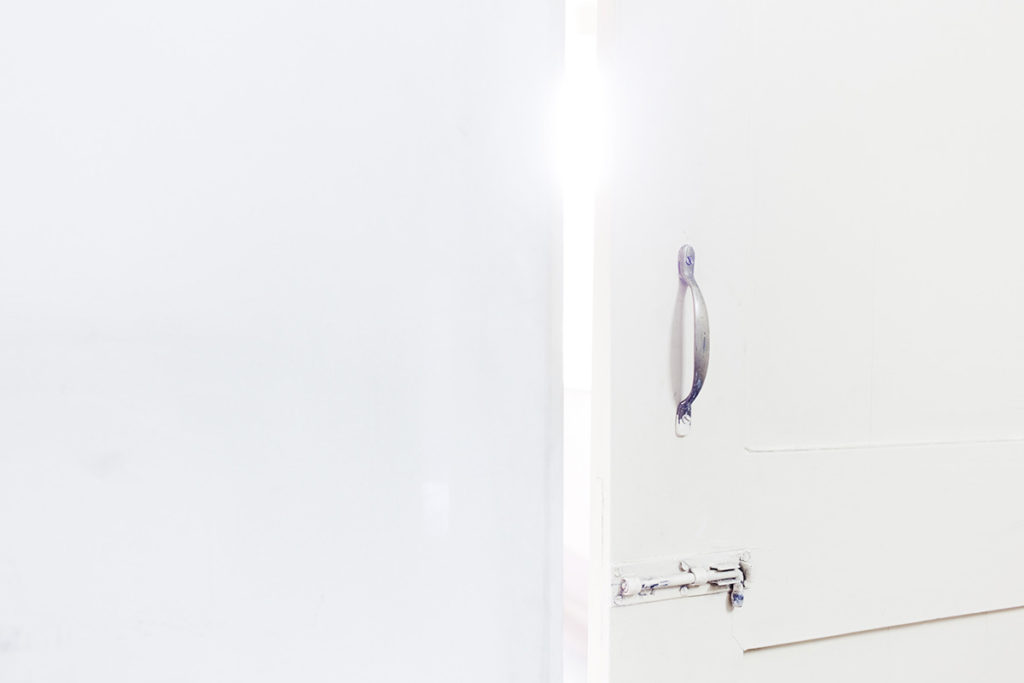
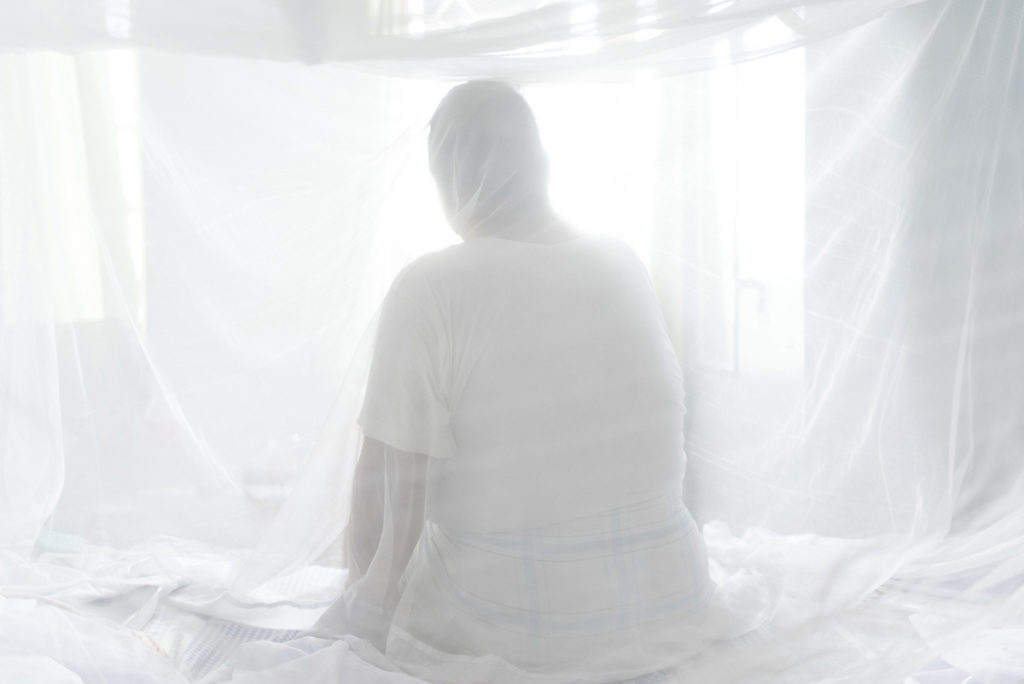

Leave a Reply